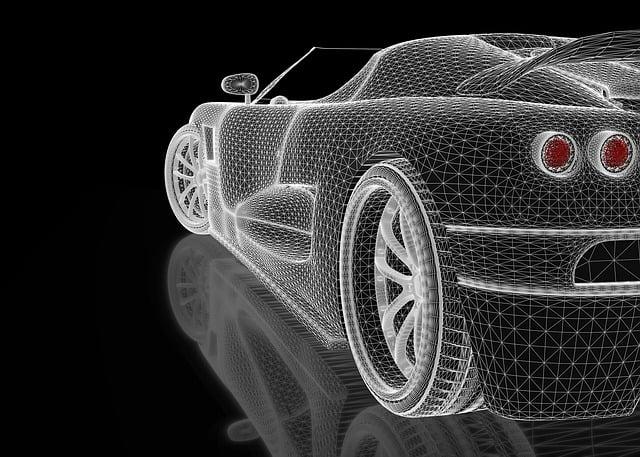Revolutionizing the Auto Sector: How Technology is Replacing Traditional Methods
Technology is everywhere, and the automobile industry is no different. From the early days of horseless carriages to the advent of electric and self-driving cars, technological advancements have transformed every facet of the auto sector.
In this article, we will shed some light on the automotive landscape. We will also explore how technology is replacing traditional methods with innovative solutions for a safer and more efficient future of transportation.
So, buckle up and get ready for an exhilarating ride!
The Evolution of the Auto Sector
The automotive industry, which once relied heavily on manual labor, has now shifted towards automated processes with the emergence of the software-defined automobile. The integration of robotics and sophisticated machinery has streamlined production and improved overall efficiency.
Technology has changed, and cutting-edge features in cars are proof of that. Moreover, you can enjoy advanced driver-assistance systems (ADAS), entertainment systems, and communications, which all make driving more fun.
Advantages of Technology in the Auto Sector
There are many benefits of using technology, but some of the prominent advantages are as follows:
1. Efficiency and Productivity
Automated production lines and AI-driven manufacturing processes have significantly increased efficiency and productivity in the auto sector. The ability to produce vehicles at a faster rate has also reduced waiting times for consumers.
2. Improved Safety Measures
Safety has always been a major concern in the auto industry. With technology, vehicles are now equipped with many advanced features. They have lane departure warning systems, adaptive cruise control, and automatic emergency braking, reducing the risk of accidents and enhancing road safety.
3. Virtual Showrooms and Augmented Reality
Technology has transformed the way customers interact with vehicles. Customers can take virtual tours of the stores with the help of virtual and augmented reality. Furthermore, with the infusion of 360 walkaround, businesses are now letting people enjoy the complete 360 views of vehicles as well.
This eliminates the need to visit the showroom physically and enjoy the complete view with the tap of the device. Of course, this makes the showroom more interactive and engaging.
4. Sustainable Practices
Incorporating technology has paved the way for sustainable practices in the auto sector. The rise of electric vehicles (EVs) and the implementation of eco-friendly materials have reduced the industry's carbon footprint.
5. Self-Driving Cars
One of the most significant advancements in the auto sector is the development of self-driving cars. Autonomous vehicles have the potential to transform mobility and improve road safety.
6. AI-Driven Design and Manufacturing
Artificial Intelligence plays a crucial role in vehicle design and manufacturing, enabling faster prototyping, simulations, and optimization of vehicle components.
7. Personalized Vehicle Features
Technological advancements have made it possible for customers to personalize their vehicles with various features, allowing them to create a unique driving experience tailored to their preferences.
8. Advanced Materials and Lightweighting
Advancements in materials science are driving the adoption of lightweight materials, improving fuel efficiency, and reducing the environmental impact of vehicles.
Happy Selling!
In A Nutshell
So, this is how technology has become the driving force behind the transformation of the auto sector. From automation and AI to electrification and 3D printing, these advancements are revolutionizing the way we travel. Embracing these technologies will not only lead to a more sustainable future but also redefine the entire concept of mobility.

